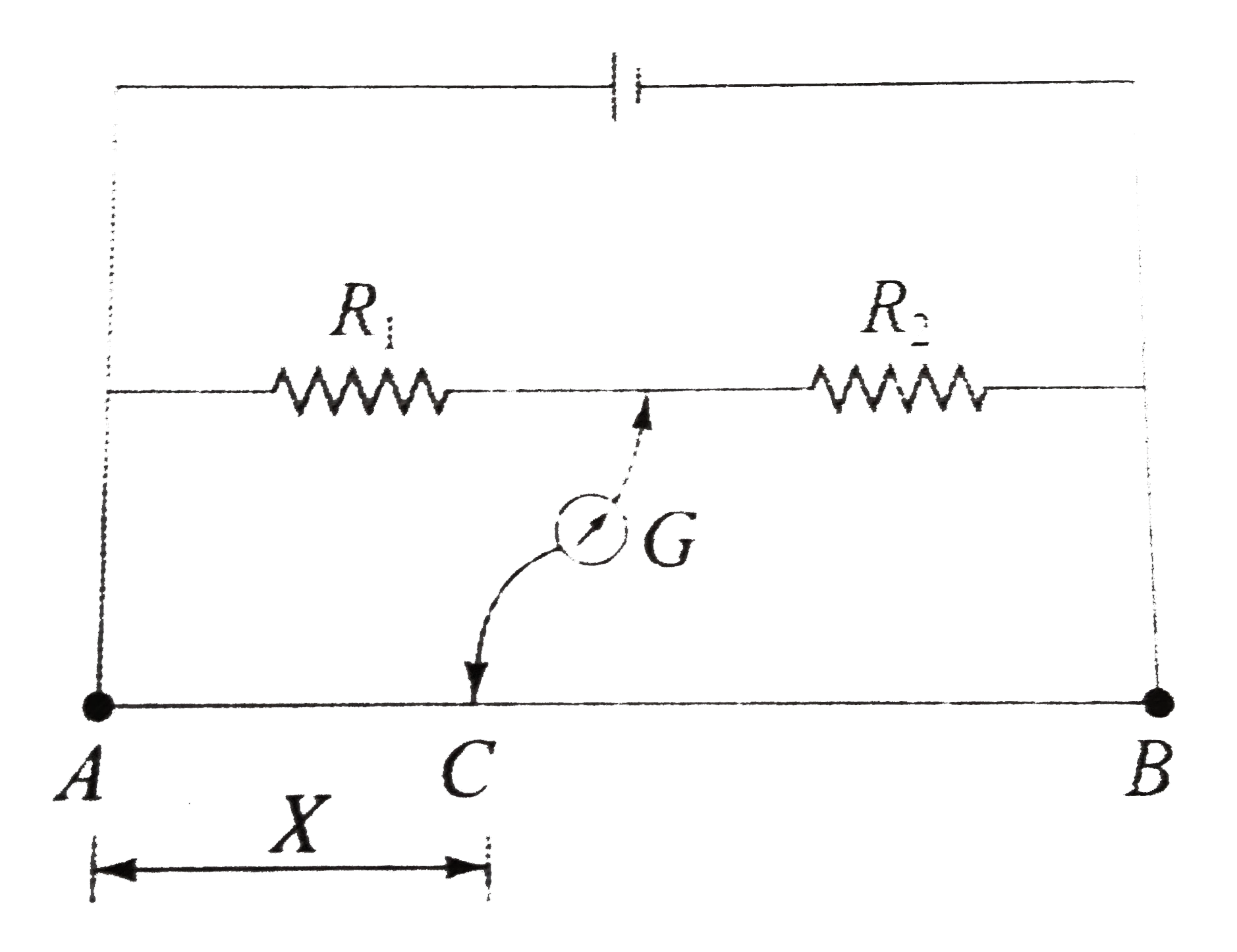Statement-1: When cathode rays strike a hard metallic surface highly penetrating radiation is obtained.
bacause
Statement-2 : The shortest wavelength limit of X-rays produced is inversely proportional to the accelerating voltage.
Statement -1 is True, statement -2 is True, Statement -2 is a correct explanation for Statement -1.
Statement -1 is True, Statement -2 is True , Statement-2 is Not a correct explanation for statement-5
Statement -1 is True, statement -2 is False
Statement -1 is False, Statement -2 is True.
The correct Answer is:B
To solve the given question, we will analyze both statements and determine their validity and relationship.
Step 1: Analyze Statement 1
Statement 1 claims: "When cathode rays strike a hard metallic surface, highly penetrating radiation is obtained."
- Explanation: Cathode rays are streams of electrons that are emitted from a cathode in a vacuum tube. When these high-energy electrons strike a hard metallic surface, such as tungsten or molybdenum, they can produce X-rays. X-rays are known for their high penetrating power, which is why this statement is true.
Step 2: Analyze Statement 2
Statement 2 claims: "The shortest wavelength limit of X-rays produced is inversely proportional to the accelerating voltage."
- Explanation: The relationship between the wavelength of X-rays (λ) and the accelerating voltage (V) can be expressed by the formula:
λ=1240V (in nanometers)
This indicates that as the accelerating voltage increases, the wavelength of the produced X-rays decreases, confirming that the shortest wavelength is indeed inversely proportional to the accelerating voltage. Therefore, this statement is also true.
Step 3: Determine the Relationship Between the Statements
Now we need to determine if Statement 2 provides a correct explanation for Statement 1.
- Explanation: While both statements are true, the reason given in Statement 2 does not directly explain why highly penetrating radiation (X-rays) is produced when cathode rays strike a hard surface. The production of X-rays is a result of the interaction of high-energy electrons with the metal surface, not solely due to the relationship between wavelength and voltage.
Conclusion
Both statements are true, but Statement 2 does not correctly explain Statement 1. Therefore, the correct answer is that both statements are true, but Statement 2 is not a correct explanation for Statement 1.
Final Answer
- Statement 1: True
- Statement 2: True
- Statement 2 is not a correct explanation for Statement 1.
Statement 1 claims: "When cathode rays strike a hard metallic surface, highly penetrating radiation is obtained."
Statement 2 claims: "The shortest wavelength limit of X-rays produced is inversely proportional to the accelerating voltage."
λ=1240V (in nanometers)
This indicates that as the accelerating voltage increases, the wavelength of the produced X-rays decreases, confirming that the shortest wavelength is indeed inversely proportional to the accelerating voltage. Therefore, this statement is also true.
Now we need to determine if Statement 2 provides a correct explanation for Statement 1.
Both statements are true, but Statement 2 does not correctly explain Statement 1. Therefore, the correct answer is that both statements are true, but Statement 2 is not a correct explanation for Statement 1.
- Statement 1: True
- Statement 2: True
- Statement 2 is not a correct explanation for Statement 1.
Similar Questions
Assertion By increasing the accelerationg voltage in coolidge tube wavelength of characteristic X-rays does not change.
Reason Cut-off wavelength is inversely proportional to the acceleration voltage
View SolutionA: If the accelerating potential in an X- ray machine is decreased, the minimum value of the wavelength of the emitted X -rays gets increased.
R: The minimum value of wavelength of the emitted X-rays is inversely proportional to the accelerating potential.
View SolutionOne increasing the operating voltage in a x-ray tube by 1.5 times, the shortest wavelength decreases by 26pm. Find the original value of operating voltage.
View SolutionWhen the operating voltage in an -X-ray tube is increased to 3 times the original value, the shortest wavelength shifts by 25 nm. Find the original value of the operating voltage.
View SolutionStatement-1 : In X-rays diffraction, the wavelength of the scattered X-ray is same as that of the incident wavelength .
Statement-2 : The compton wavelength for scattering of X-rays by bound atoms is very small
View SolutionConsider the following two statements A and B and identify the correct choice in the given answer
A : The characteristic X-ray spectrum depends on the nature of the material of the target
B : The short wavelength limit of continuous X-ray spectrum varies inversely with the potential difference applied to the X-rays tube
View Solutionin order that the short wavelength limit of the continuous X-ray spectrum be 1Å, the potential difference through which an electron must be accelerated is
View SolutionVoltage applied between cathode and anode of an X-ray tube is 18 kV. Calculate the minimum wavelength of the X-rays produced.
View SolutionStatement-1
If the accelerating potential in an X-ray tube is increased, the wavelength of the characterstic X-rays do not change.
because
Statement-2
When an electron beam strikes the target in an X-ray tube, part of the kinetic energy is converted into X-ray energy.
View SolutionSTATEMENT-1 : In the meter bridge experimeter shown in figure the balance length AC corresponding to null deflection of the galvanometer is x. If the radius of the wire AB is doubled, the balance length becomes 4x.

and
STATEMENT-2 : The resistance of a wire a inversely proportional to the square of its radius.
View Solution
